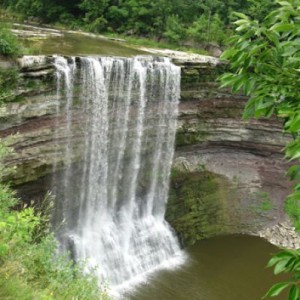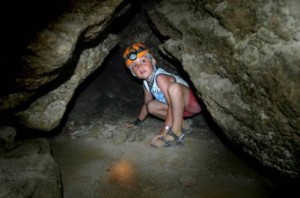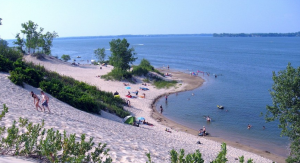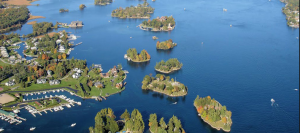Explore Ontario’s All-Natural Outdoor Wonders!
By admin Wednesday, April 13, 2016
We talk a lot about attractions, and museums, and waterparks, but sometimes, we have to remember that not everything is man-made. Sometimes, the natural wonders are forgotten but they really should be at the top of your list. Not only should we plan to discover them, but we should also work to protect them.

Waterfalls
Everyone loves waterfalls. What’s not to like? The power and the drop and the pool below all contribute to their beauty. Ontario has some pretty amazing ones, and that isn’t even counting the world famous Horseshoe (Niagara) Falls. It even has a self-guided waterfalls tour in Grey County and the “Waterfall Capital of the World” in Hamilton/Dundas, with over 100 waterfalls in the area. But in addition to those, check out these: Northern Ontario has quite a few but Aubrey Falls, in Algoma, is a standout, as is Kakabeka Falls, in Thunder Bay, which is Ontario’s 2nd highest waterfall. And pay a visit in summer to Decew Falls, in St. Catharines, which is a waterfall you can swim under. Cool!

Caves, Gorges & Bluffs
Sometimes nature does things that are way more interesting than anything we could build. The following are some natural wonders to look into or up to: Cheltenham Badlands in Caledon contain iron oxide deposits in the soil which make it look like you’re walking on Mars. Ouimet Canyon in Dorion is a 150-metre-wide gorge with sheer cliffs that drop 100 metres to the canyon floor. For some reason, the bottom of the canyon supports Arctic plants which are usually only found 1,000 km north. Bonnechere Caves in Eganville have stalactites hanging from the ceiling & the fossils of sea creatures alive before the Dinosaur age! And the Scarborough Bluffs were formed from the accumulation of sedimentary deposits over 12,000 years ago. These sand cliffs are eroding, so use common sense if visiting, but they offer great views.

Provincial Parks
Ontario has about 280 provincial parks divided as follows: 65 recreational class parks (394.8 km2), 6 cultural heritage class parks (67.4 km2), 80 natural environment class parks (14,675.3 km2), 109 nature reserve class parks (1,152 km2), 62 waterway class parks (14,446.2 km2), & 8 wilderness class parks (48,237.5 km2). There are too many to talk about all of them, but a couple have something extra to look at: Sleeping Giant Provincial Park, Thunder Bay has a formation of sedimentary rock which looks like a sleeping giant. Sandbanks Provincial Park has the largest freshwater sand dunes in the world, while Bon Echo Provincal Park in Cloyne has several hundred aboriginal pictographs covering the escarpment. Craigleith Provincial Park near Wasaga Beach has fractured oil shale plates on the shore that contain invertebrate fossils over 450 million years old.

Water, Islands & Beaches
There is something about water that just makes you say, “Ahhhhh”. And when a beach is attached, so much the better! Ontario has 250,000 lakes & 100,000+ km of rivers in the province, and many of these lakes are dotted with picturesque islands. Check out Agate Island Beach in the Lake Superior NMCA, where the island, its shores and the beach are all covered with agates, a stone used historically to purify, protect and heal. Agate Island is also unique because of the Pukaskwa pits, archaeological sites that are thought to represent a form of Aboriginal architecture. Or dive into Elora Quarry in Elora, a limestone quarry that is now used as a huge swimming hole. And if islands are your jam, you can’t beat the 1000 Islands, Gananoque, where 1,864 islands are a sightseers paradise, from both land and water!
Ontarians travel the world in search of gorgeous scenery but in these days of horrible exchange rates, it is time for us to recognize all the incredible natural sights right in our back yards! Check out the choices above but they are just a taste – have a look in the Parks, beaches, gardens and conservation areas on our site and discover Ontario!





